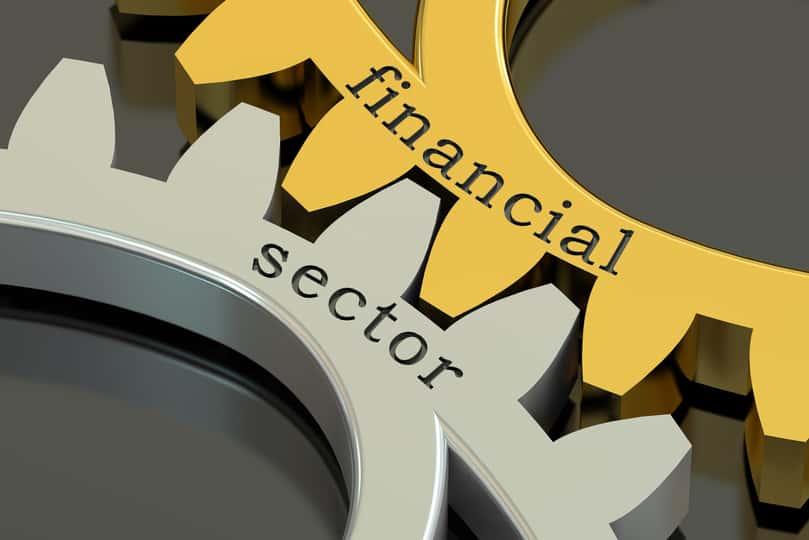Bank of America Corporation (BAC) is one of the biggest universal banks in the United States with $2.82 trillion in total assets and total deposits worth $1.80 trillion as of 2020. Interest income, which represents the main source of revenue for BAC, has declined 11.3% year-over-year to $43.36 billion in fiscal 2020, owing to the continued low interest rate environment in the United States.
The company’s investment banking services have been in high demand over the past year as the red-hot stock markets witnessed a record number of IPOs and SPAC deals. This has driven BAC shares to rally 76.9% over the past year, and 28.6% year-to-date.
However, the Archegos Capital margin call on March 26 has rattled the global investment banking industry. While BAC has so far managed to evade direct repercussions from the event, any indirect fallout might lead to major structural changes at the company.
Here’s what we think could shape BAC’s performance in 2021:
Archegos Capital Sell-Off
The biggest names in the global banking sector are currently dealing with the fallout from the Archegos Capital sell-off, which is estimated to have sustained more than $6 billion in losses. While BAC is not directly impacted by this margin call, the overall slump in the U.S. banking sector is expected to impact shares of BAC. The Dow Jones US Banks Index has declined marginally over the past five days to close yesterday’s trading session at $542.40.
Looking into the Archegos Capital debacle closely, investment banks have been some of the biggest losers from the margin call. The family hedge fund run by Bill Hwang had whopping leveraged bets on some of the biggest stocks in the entertainment industry and several global MNCs, including ViacomCBS (VIAC), Baidu, Inc. (BIDU) and Tencent Holdings (TCEHY) through total return swaps. Hwang had borrowed approximately $20 billion to finance these bets, despite having only $10 billion in assets. Because total return swaps do not have to be disclosed in a balance sheet, investment banks such as Nomura Holdings (NMR), JPMorgan & Chase (JPM), Credit Suisse (CS) and Morgan Stanley (MS), operating as prime brokers for Archegos, allowed the fund to place the bets subject to margin requirements.
Owing to a sudden decline in VIAC stock, the investment banks initiated margin calls for Archegos to balance the declining stock prices. With the hedge fund unable to meet the margin requirements, investment banks began liquidating Archegos’ assets, causing a big share selloff in the markets. Credit Suisse and Nomura reportedly booked significant losses on what is perhaps the largest margin call in history.
Although BAC, having no ties with Archegos, is relatively well-positioned, the blowout will most likely cause some structural changes in the investment banking industry. The SEC, which is monitoring the situation closely, is expected to take some action soon. This would likely alter some standard practices of the banking industry and, therefore, affect BAC’s operations.
Trading at a Premium Valuation
In terms of non-GAAP forward p/e, BAC is currently trading at 15.70x, 24.9% higher than the industry average12.57x. Its non-GAAP forward PEG ratio of 1.83 is 21.3% higher than the industry average 1.51.
The company’s forward price/sales and price/book multiples of 3.88 and 1.28, respectively, are also significantly higher than industry averages.
Consensus Ratings and Price Target Indicate Marginal Downside
BAC has an overall rating of 1.59, indicating favorable analyst sentiment. Of the 26 Wall Street analysts that rated the stock, 18 rated it Buy while eight rated it Hold.
Analysts expect BAC to hit $36.33 soon, indicating a marginal decline in near term.
POWR Ratings Reflect Uncertainty
BAC has an overall C rating, which equates to Neutral in our proprietary POWR Ratings system. The POWR Ratings are calculated considering 118 different factors, with each factor weighted to an optimal degree.
BAC has a C grade for Value, Stability, and Quality. BAC’s trailing-12-month ROE stands at 6.73%, 22.7% lower than the industry average 8.7%. Also, the stock has a five-year monthly beta of 1.55, which justifies its Stability grade. Furthermore, the company’s relatively low profitability and stretched valuation are in sync with the Value and Quality grades.
BAC is ranked #9 of 11 stocks in the Money Center Banks industry. In addition to the grades I’ve highlighted, one can check out BAC Ratings for Momentum, Growth and Sentiment here.
There is only one stock in the Money Center Banks industry with an overall B rating. Click here to view it.
Bottom Line
BAC has managed to protect its operations from the Archegos sell-off. However, the SEC and the Biden administration, both of which are keeping tabs of the current market impact , have yet to comment on any future actions. A potential new regulation to prevent such massive margin calls in the future might be detrimental to BAC’s existing operations. Such developments amid a low interest rate environment might cause BAC’s profit margins to decline further. Hence, investors should wait until regulatory actions regarding the Archegos Capital blowout, if any, are announced before investing in the stock.
Want More Great Investing Ideas?
9 “MUST OWN” Growth Stocks for 2021
How to Ride the NEW Stock Bubble?
5 WINNING Stocks Chart Patterns
Unlock the POWR in Your Portfolio!
BAC shares were trading at $38.82 per share on Wednesday afternoon, down $0.17 (-0.44%). Year-to-date, BAC has gained 28.71%, versus a 6.62% rise in the benchmark S&P 500 index during the same period.
About the Author: Aditi Ganguly

Aditi is an experienced content developer and financial writer who is passionate about helping investors understand the do’s and don'ts of investing. She has a keen interest in the stock market and has a fundamental approach when analyzing equities. More...
More Resources for the Stocks in this Article
| Ticker | POWR Rating | Industry Rank | Rank in Industry |
| BAC | Get Rating | Get Rating | Get Rating |






